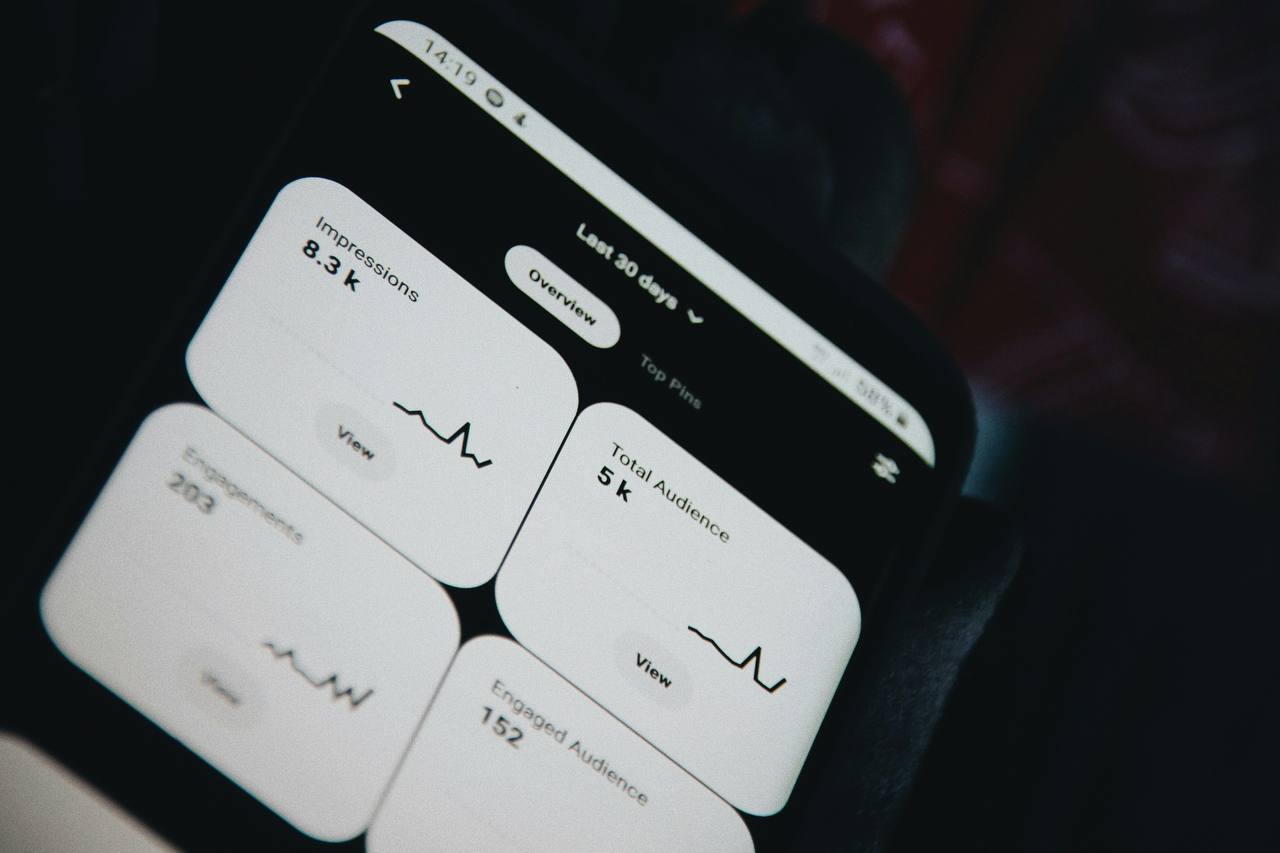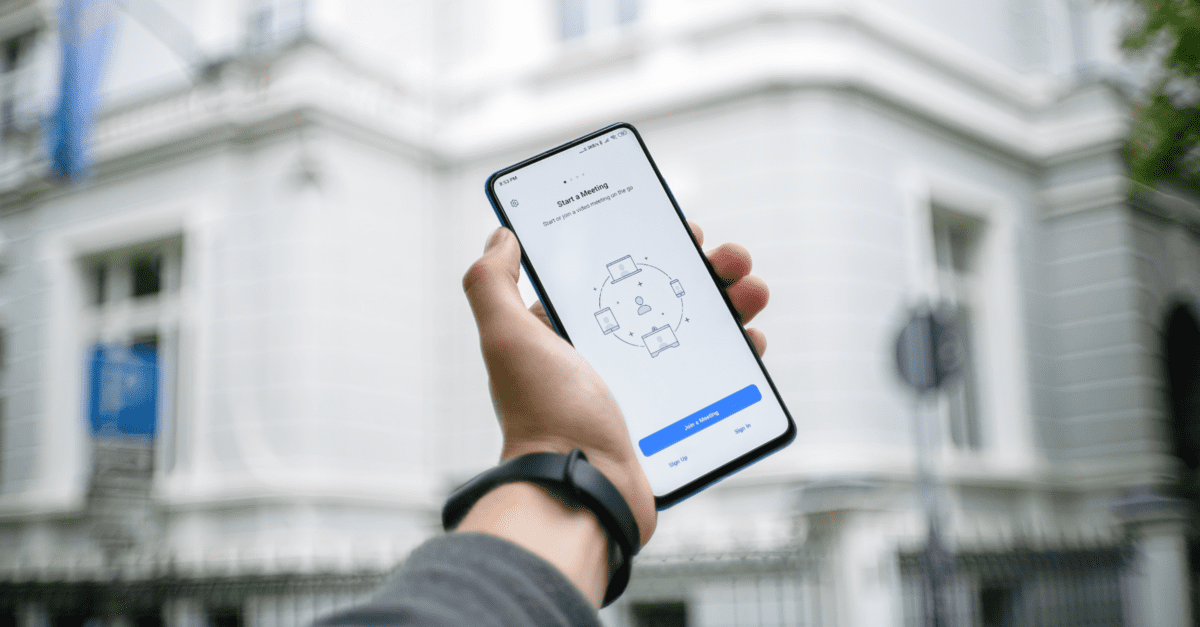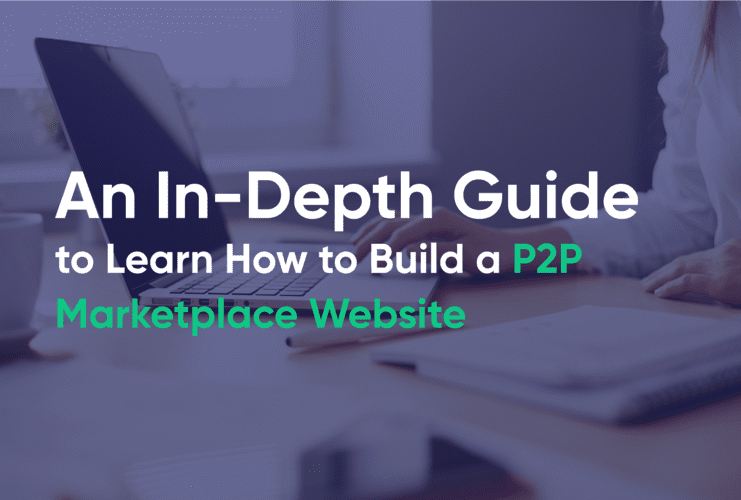Creating a learning management system is not as easy as it seems. It takes time, commitment, and knowledge. The hardest thing is that you have no idea how it would really work. It can be very risky, frustrating, and stressful. Is this a feature I really need? What if my users don’t like it, even though I spent months designing it? How can I know if it’s really worth it? These are common questions among LMS developers.
And what if you could reduce the complexity, lessen the effort and time, and ensure that your efforts are not in vain? There is, though, a concept that will assist you with this. It’s known as MVP. So, let’s take a look at what an MVP is and how it can help you.
Why do you need MVP for LMS?
We, at RewiSoft, highly recommend you starting with the MVP of your LMS idea to develop an LMS platform right.
MVP for LMS is actually your magic wand. MVP doesn’t mean a raw product made in a hurry. It just takes a minimum of time to develop it and it contains only key functions, the relevance of which for real users should be checked. Studies show that 60% of features are not used at all and are not in demand among users. The MVP concept allows you to reduce the project launch time by creating only the necessary functions and start getting honest feedback on your product.
And it doesn’t end with getting feedback. The lean startup methodology, to which the MVP concept belongs, is based on the development – measurement – feedback learning cycle. Therefore, receiving feedback is followed by the refinement of successful features and their re-testing. If successful, you can create a full-fledged product and enter the market.
What is the Right MVP in the E-learning field?
Here are the critical aspects of MVP that you should consider.
An MVP is not a truly viable product until it “sells” (= makes a profit or shows growth in its user base, increasing its value); it should have enough value for early adopters.
It must show enough prospects to retain its first customers months and years later.
It should provide feedback to help define a strategy for future development. You need to see if the product is falling short and be able to change course. Or to be able to assess which points require improvement in the first place.
MVP is more about a process than a product. Even a service that does not show results can be made successful if the received data is used correctly.
MVP is not necessarily a product with the minimum possible number of elements. The main thing is that it should have essential functions sufficient to implement the idea and retain early adopters. How many of them, one or ten – you decide.
Your MVP should strive to avoid creating unnecessary, useless products by gaining insight into user needs and interests in the first place.
What Benefits of building MVP for your LMS project?
Here is a list of the main advantages of creating a Minimum Viable Product for your LMS project:
Benefit #1 – Optimization of resources.
By testing the Minimum Viable Product on live customers, the company detects errors early. This allows you to better plan budgets, adjust your business model, and spend less time. Each next iteration turns out to be more efficient than the previous one. Customers receive a quality product that suits their needs.
Benefit #2 – Getting the first customers.
Testing each iteration on live customers helps you find potential buyers even before the start of sales. When consumers use a minimal set of MVP features and functions, they have an opportunity to assess the potential of a future product.
Benefit #3 – The ability to improve the match between supply and demand.
According to CB Insights statistics, 42% of startups are closed due to a lack of demand in the market. This means that the problem that the product was solving was not painful enough for the consumer. It is crucial to understand and listen to the client’s pain. Minimum Viable Product helps the company bring its product as close as possible to the market’s needs.
Benefit #4 – Defining value proposition.
With the MVP approach, the development team knows the key features having an explicit focus on the project. A clear project roadmap helps avoid unordered actions that can ruin your overall product strategy. Moreover, cutting off unnecessary features and focusing on core ones will positively impact defining concise value propositions and solving issues step-by-step.
Benefit #5 – Improving investment prospects.
Investors are more willing to consider a real MVP than unrealistic fantasies that exist only on paper. The ability to use a prototype product and familiarize yourself with its basic characteristics makes the project more attractive for investment.
Check our article to find out more benefits and steps on building an MVP before developing custom software for your product.
Key features in your LMS MVP (Based on RewiSoft Experience)
Each project is unique and there is no proper functionality that would suit all products. But there are some universal rules for any industry that will help you organize your ideal list of features. Keep them in mind.
Rule #1
First of all, you need to understand what problem you want to solve with your product. Basically, businesses solve many problems and it is worth starting from the first.
Rule #2
Once you understand this, you will later be able to formulate for whom you want to solve this problem, what already exists in the market and what users like and dislike. In this way, you will be able to build a unique vision of the value of your product, test the idea and then start designing and developing.
Rule #3
You need to formulate the persona for whom you are developing the product and then create a list of features that this persona will need.
Rule #4
When this list of features is ready, you can set priorities. You decide which functionality is most important for the first version of the product and which is not.
Step-by-Step. How to start building your MVP for LMS?
To create a quality MVP for LMS, you need to follow a clear structure. It will help determine the main tasks, build a vector of product development and avoid mistakes in development.
Start from your LMS Idea
A product always starts with an idea. The main difference between a successful product and an unclaimed product is that a popular product is the result of a feasible idea, transformed with the help of a detailed development plan.
What is your audience waiting for?
You need to think carefully about what your target audience looks like and what they expect from your product. The main question that needs to be asked before development is: “What is this product for?” Once you provide answers to it, you can form goals and objectives. It is important to determine the value of the product.
What is your MVP?
MVP is a certain minimal functionality but basic, without complications. It is very important to ask yourself what your MVP is. Most of the well-known world companies started their way with MVP projects. For example, Uber at one time only made it possible to contact the driver and pay for rides. Even with such minimal functionality, the product solved the problems of many users.
Know KPI and goals on your MVP
Before starting implementation, it is a wise decision first to define your MVP’s goals and criteria for success and how to track them. Define KPIs and their underlying data, define and document KPIs that will reflect your product’s performance over time and product changes.
Build an MVP project plan
Make a clear and structured plan for developing your MVP project. Consider all the details and analyzes that you have done. It is important not to make the plan bulky and heavy. List the main points you want to focus on during development.
How to create the best Website for the MVP of your LMS?
We have created a step-by-step guide on how to create an effective and fascinating website for the MVP of your LMS. Let’s have a look at the most critical steps.
Marketing Research / Business analysis
Based on your project, you must conduct analysis and streamline your approach. Understand the demand in addition to the audience studies.
Analyze rising platforms that are doing well and which are experiencing slow progress. Good analysis is critical because it fills a hole in the market.
We, at RewiSoft, elaborate products with a human-centered approach tailored to clients’ needs. Your product will be successful only if a business idea is validated on the market. To deliver the best CX, you should, firstly, research your target audience, create user persona and user stories, build a SWOT analysis, etc. In case you need help at this stage, feel free to contact us.
Create The Best UX Design. The most important part!
The following critical feature of the workflow is an enticing UX. You must develop an e-learning application that engages people. Be certain that it is easy to use. Users can quickly learn how to use the website.
88% of online users are less likely to return to a website after a bad user experience. We can also say this about the Learning management system’s users. A poor user experience can leave a learner disengaged, overwhelmed, and irritated. More about creating a great UX design for your LMS you can find in our recent article.
Steps you can take:
- Draw the screens on paper first.
- Create a fluid workflow and know how the user will engage.
- Create a digital wireframe.
- Develop Mockups.
Testing
UX testing is necessary if you want to test the existing interface for the usability of user scenarios, mark all the “problem” areas and improve them.
If your site does not fulfill the function assigned to it, if you understand that many users simply leave without reaching the goal, UX testing will answer why this is happening.
UI Design
A visually appealing user interface is also important for making user experiences seamless and engaging.
It is also critical to have a pleasant design framework in order to establish a solid brand with a memorable brand voice, typography, and colors.
Steps you can take:
- Create a logo.
- Create a UI kit. It includes colors, typos, elements and interactions.
- Implement UI in your UX prototypes.
Usability Audit
Usability audit is an assessment of the degree of convenience of a resource for visitors. A high level of usability allows you to perform a conversion action or obtain the necessary information quickly.
Solving usability problems will have a beneficial effect on website promotion. Good behavioral factors are one of the criteria for ranking a resource in search results.
We, at RewiSoft, use our own UX Lab for design testing and UX Eye Tracker that allows exploring user behavior during interaction with the product. Only 1% of companies use this method. It helps optimize the interface and product design. In case you want to create a really great UX/UI design for your LMS website, contact us, and we will help you find a suitable method of design testing.
Start your MVP Development. Tech Stack, Terms
At this stage, the e-learning solution’s development team begins to translate the business logic and core functionality into a usable product.
The project evolves into the final website, complete with real data and user-system experiences. At RewiSoft, we use and recommend different technologies for custom web development solutions, including HTML, CSS, JavaScript, Angular, Laravel, PHP, jQuery, Vue js, React js, Node js.
QA/Debugging
At this stage, the QA team analyzes each screen and interaction to ensure that it performs as it should.
Steps you can take:
- Check out each screen, button and interaction to catch all bugs.
- Make a detailed bug list.
- Re-check everything after debugging.
Launch your MVP
After you have finished your MVP development, successfully tested your UI/UX design, received results and correct bugs, you can start launching your MVP LMS website. Do not rush not to miss essential items. Take into account everything that you did at each previous stage.
Wait for your audience feedback
You can get feedback from users in different ways. You can not only request feedback but also conduct various tests, quizzes. MVP will help find out the opinion of users about your product, which is important for further refinement.
Usually, people don’t like to write long reviews or fill out special forms. Instead, you can use short and straightforward questionnaires. For example, ask users to rate your website on a scale from 1 to 5. Such questions often generate a positive reaction since they do not take a lot of time and do not make them think long about the answer.
Analysis and move on
The information gathered will help you better understand the target audience and identify points that need to be improved. Even if your product gets primarily negative reviews, you will still benefit from knowing your mistakes.
How much does it cost to build MVP for LMS?
Depending on the project and the team level, we can divide MVP LMS prices into low-cost, middle-cost and high-cost. Let’s take a look at the approximate prices for each type.
Simple Complexity MVP LMS
- From $20,000
Medium Complexity MVP LMS
- From $30,000
High Complexity LMS
- From $40,000+
The MVP learning management system price directly depends on how many functions and what complexity should be implemented in your project, how many LMS modules you would like to have, etc.
RewiSoft Expertise
We, at RewiSoft, have extensive experience in developing MVP, particularly building MVP for LMS platforms and websites. We recently had an excellent opportunity to make the learning process simpler and more accessible both for teachers and learners. Our team worked on redesigning a Singaporian platform Smartjen – a solution that is, first of all, aimed at simplifying worksheet preparation but includes many other valuable features.
We have also created an ultimate guide on how to create an LMS from scratch. Considering that LMS can be developed for different purposes, we have described advantages, trends, features, ideas and lots of other things that will help you create a precious product.










